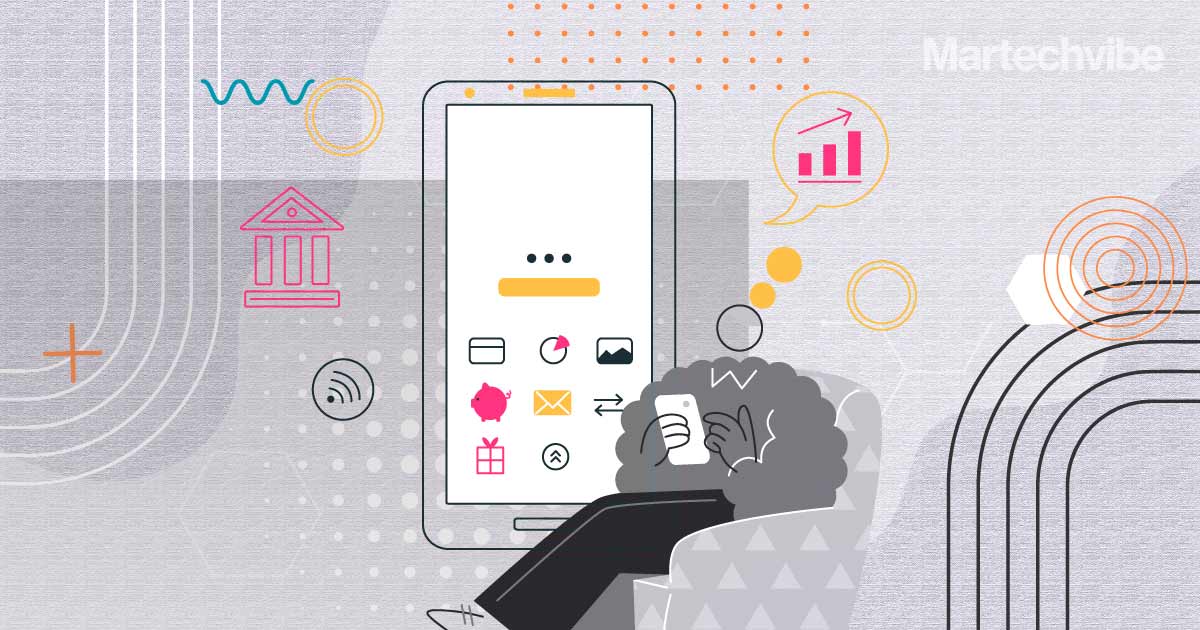Digital Natives Want Banking Apps With a CX Touch
While other industries are moving towards the super-app, banking and financial services are still struggling with the basics. How can product teams offer better CX to young customers? Martechvibe asked the experts.
Topics
What to Read Next
- TripleLift Announces Partnership with Attain to Unify Context and Commerce
- Seedtag Partners with IRIS.TV to Expand Contextual Signals for CTV Targeting
- Magnite, Cognitiv Announce Deep Learning Integration for Real-Time Curation
- Dscout Announces Integration with HeyMarvin
- Comscore Launches Program-Level Capabilities within CCM















































































































